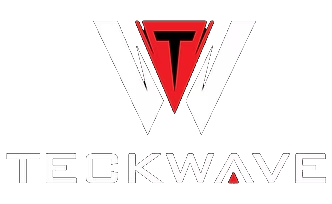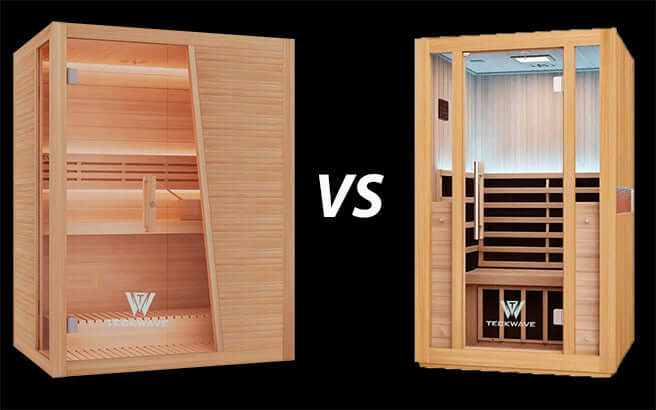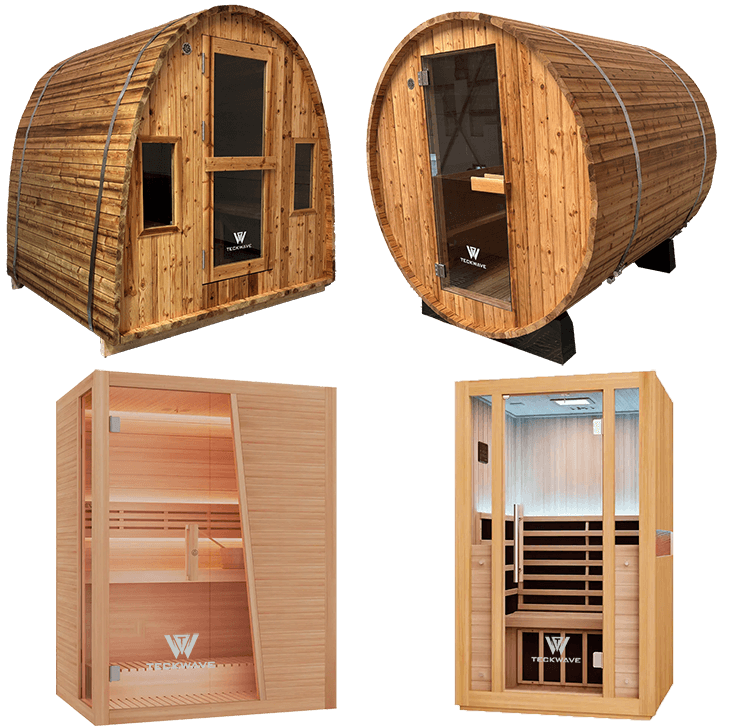If you're looking to bring the benefits of heat therapy into your life, you're probably considering a sauna for your home, gym, or wellness space. But one of the first decisions you’ll face is:
Should I go with a traditional sauna or an infrared sauna?
Both offer excellent health and relaxation benefits, but they operate differently — and those differences can make one a better fit for your lifestyle than the other.
Let’s break it down.
🔥 How They Work
Traditional Saunas
Also called Finnish saunas, traditional saunas use a heater to warm the air inside a closed room. This heater may use wood, electricity, or even stones that you can pour water over to create steam. The hot air, in turn, warms your body — typically at temperatures between 70°C and 100°C.
Infrared Saunas
Infrared saunas use infrared heaters that emit radiant heat to directly warm your body, not the air around you. The temperature is lower — around 45°C to 60°C — but because the heat penetrates deeper into the body, it can feel just as intense (or even more therapeutic).
At TECKWAVE, our infrared saunas also come with built-in red light therapy panels — offering even more health benefits in a single session.
💧 Heat and Humidity
-
Traditional Sauna: Dry heat with an option for steam (if you pour water over the rocks). The room gets hot and steamy — expect to sweat a lot.
-
Infrared Sauna: Dry heat only. There’s no steam and the air remains relatively cool.
Good to know: If you love the feeling of steamy heat and enjoy the ritual of ladling water over hot stones, traditional is the way to go. If you prefer a milder, more tolerable environment, infrared may suit you better.
🧠 Health Benefits Compared
Both types offer many overlapping health benefits:
| Benefit | Traditional Sauna | Infrared Sauna |
|---|---|---|
| Detox through sweat | ✅ High-intensity | ✅ Deep-penetrating |
| Relaxation & stress relief | ✅ Ritualistic & immersive | ✅ Quiet & gentle |
| Muscle recovery | ✅ Post-workout favorite | ✅ Deep tissue relief |
| Joint pain & stiffness | ✅ Effective | ✅ Often preferred by people with chronic pain |
| Improved circulation | ✅ From overall body heating | ✅ Stimulated by deep radiant heat |
| Skin health | ✅ Clears pores via sweat | ✅ Promotes collagen through deep heat |
| Calorie burn | ✅ Elevated heart rate | ✅ Longer sessions possible for similar effect |
| Red light therapy (exclusive) | ❌ Not included | ✅ Included in TECKWAVE infrared saunas |
🌈 Bonus Benefit: Red Light Therapy
TECKWAVE infrared saunas feature integrated red light therapy panels, giving you a powerful two-in-one wellness solution.
What is red light therapy?
It uses low-wavelength red light (often in the 630–660nm range) and near-infrared light (around 850nm) to stimulate cellular regeneration and energy production.
Benefits of red light therapy include:
-
⭐ Enhanced skin tone and collagen production
-
⭐ Faster muscle recovery
-
⭐ Reduction in inflammation and joint pain
-
⭐ Improved wound healing and scar reduction
-
⭐ Support for mental clarity and mood
This combination of infrared heat + red light makes each sauna session more than just a sweat — it becomes a full-body rejuvenation treatment.
⚡ Energy Usage
-
Traditional Sauna: Requires more power to heat the entire room to high temperatures. Startup time is longer (can take 30–40 minutes to fully heat).
-
Infrared Sauna: More energy-efficient and heats up quickly (5–15 minutes), using less electricity overall.
🛠️ Installation & Maintenance
-
Traditional Sauna:
-
Needs a high-power electrical connection (often 3-phase).
-
Takes more time to heat up.
-
Requires proper ventilation.
-
Wood and heater may need periodic maintenance.
-
-
Infrared Sauna:
-
Usually plug-and-play (standard power outlet in many cases).
-
Less moisture = fewer maintenance concerns.
-
More compact and portable options available.
-
🕒 Session Experience
Traditional Sauna:
-
Feels intense and invigorating.
-
You usually stay inside for 10–15 minutes at a time, then take a cold shower or plunge, then repeat (classic sauna cycle).
-
Excellent if you love ritual and high-heat environments.
Infrared Sauna:
-
Milder but longer sessions — typically 25–45 minutes.
-
Less shock to the body, more of a slow and deep therapeutic heat.
-
With red light therapy built in, the experience becomes even more healing and comprehensive.
🧖♂️ Who Should Choose What?
Choose a Traditional Sauna if you:
-
Enjoy intense heat and steam.
-
Want an authentic sauna experience.
-
Prefer a social, spa-like vibe.
-
Don’t mind a longer heat-up time or more electrical requirements.
Choose an Infrared Sauna if you:
-
Prefer lower heat but deep therapeutic effects.
-
Have joint or chronic pain.
-
Need fast setup and energy efficiency.
-
Want red light therapy included in every session.
-
Value a modern, compact, and easy-to-maintain solution.
💡 Final Thoughts
There’s no clear winner — just the right choice for you.
If you’re after the steamy, intense heat experience, go traditional.
If you’re looking for a deeper, gentler, and more rejuvenating experience with added red light therapy, infrared is the way to go.




